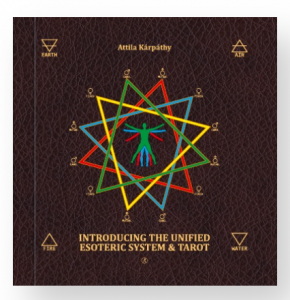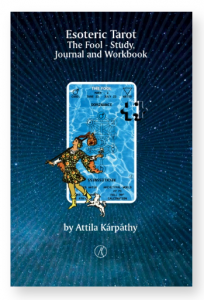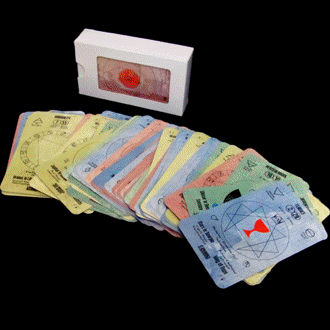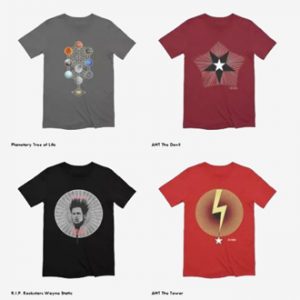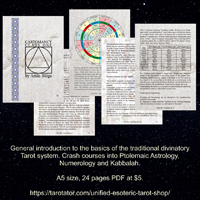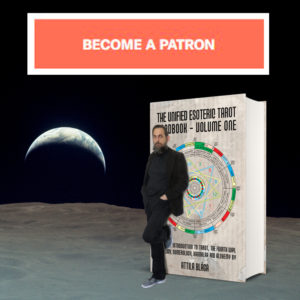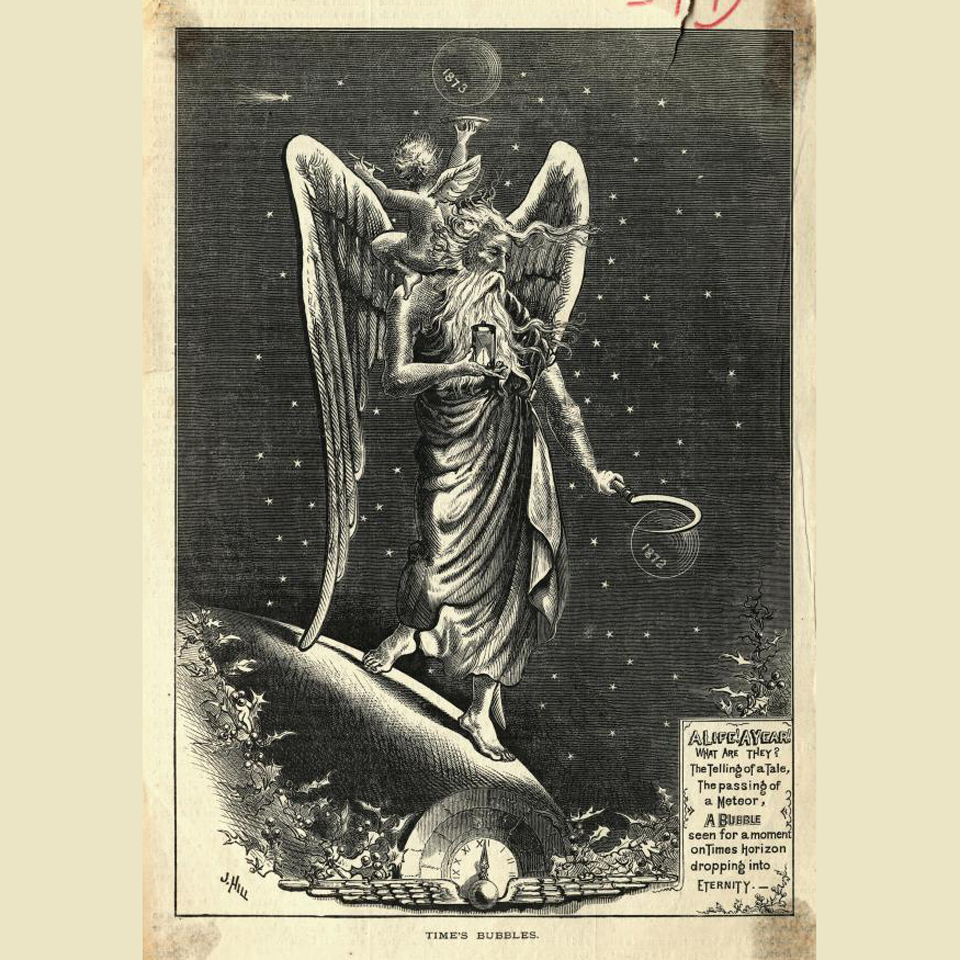
“…the Alphabet of Thoth can be dimly traced in the modern Tarot which can be had at almost every bookseller in Paris. As for it being understood or utilised, the many fortune-tellers in Paris, who make a professional living by it, are sad specimens of failures of attempts at reading, let alone correctly interpreting the symbolism of the Tarot without a preliminary philosophical study of the Science.” – Helena Petrovna Blavatsky
The concept of psychological archetypes was introduced by the Swiss psychiatrist Carl Jung influenced by Plato’s eidos – mental forms that were imprinted in the soul before it was born into the world. In Jung’s psychological framework, archetypes are innate, universal prototypes for ideas. Jung’s concept of archetypes was further developed, and other authors identified twelve archetypes associated with the Zodiac signs.
The definition of iconography is the imagery or symbolism of a work of art, an artist, or a body of art, respectively the traditional or conventional images or symbols associated with a subject and especially a religious.
In order to have a clear understanding of the Tarot cards, the study of the archetypes and iconography within the cards of the Tarot deck and the comparison with the classical and traditional representation of certain mythical figures, respectively the symbolism of the specific elements represented and incorporated, it is essential. (…)
The Hermit is a good example and study subject. In the oldest known Italian Tarot decks such as the Cary-Yale, respectively Visconti-Sforza decks, The Hermit is depicted as an old man in a robe with an hourglass and a stick. However, these elements are characteristics for the “Father Time.” Being the personification of time, Father Time is usually depicted as an elderly bearded man, sometimes with wings – as it is the case in the Sola-Busca deck’s card numbered seventeen and called Ipeo –, dressed in a robe and carrying a scythe and an hourglass. James Hall in Hall’s Dictionary of Subjects and Symbols in Art noted that ancient Greeks confused Chronos, the personification of time in pre-Socratic philosophy, with the agricultural god Cronos, who was usually depicted with a harpe, scythe or a sickle. Romans equated Cronos with Saturn. The wings and hour-glass were early Renaissance additions, and he eventually became a companion of the Grim Reaper, the personification of Death. The hourglass is considered a memento mori – a reminder of death. In the further evolution of the card, the hourglass was replaced by a lamp – as it is the case in the Noblet deck from 1659, one of the many versions of the so-called Tarot of Marseille.
Art historian Robert Wang noted that the original hourglass was transformed into a lamp in the seventeenth century. “Thus The Hermit as Father of Time became the Wise Old Man as Light Bearer.”
Read the full article at https://www.patreon.com/posts/30487704
#tarot #thehermit #archetypes #iconography #fatheroftime #wiseoldman


